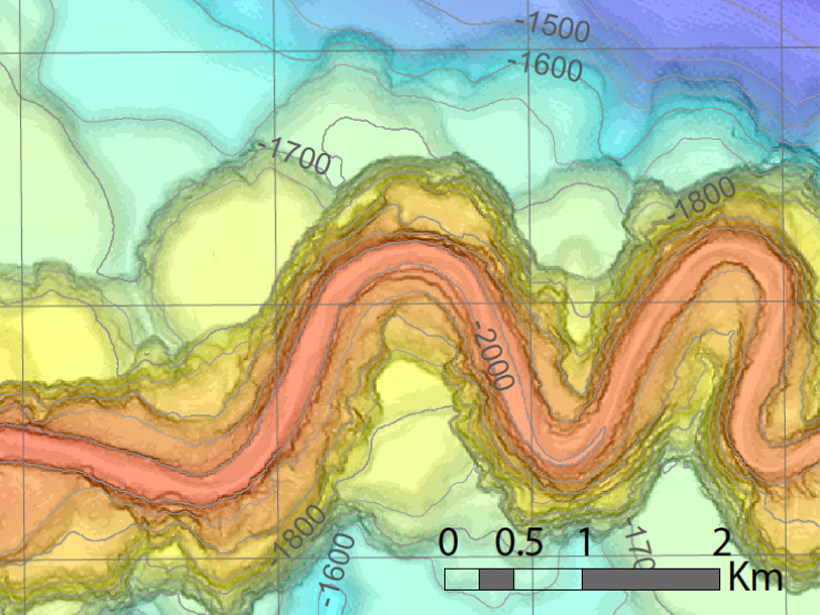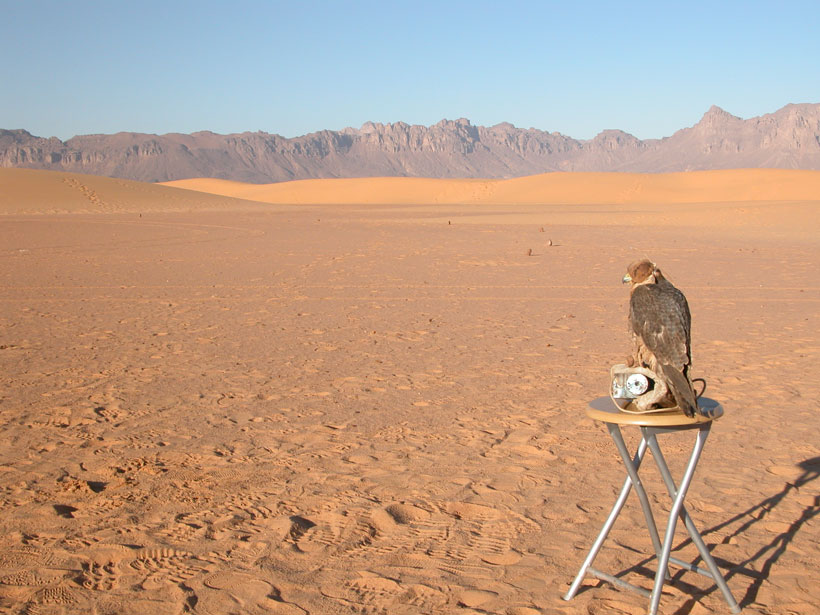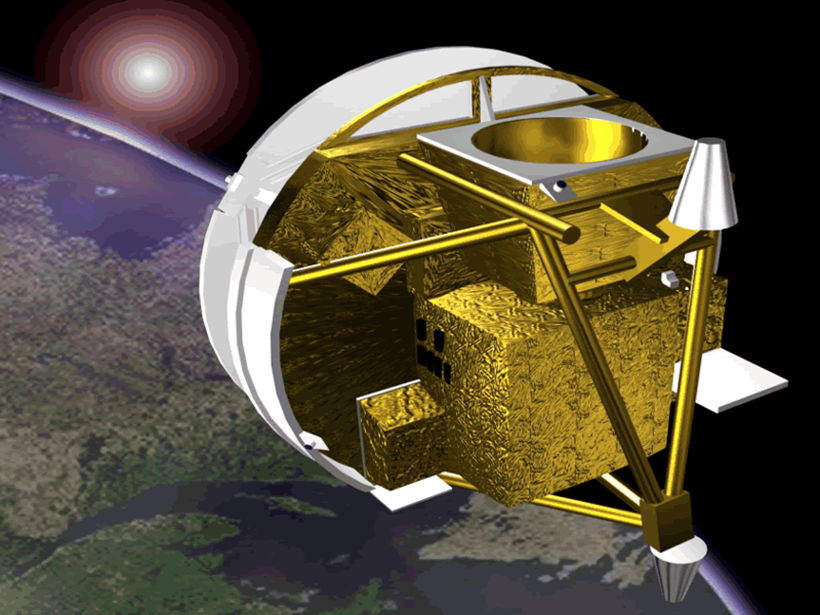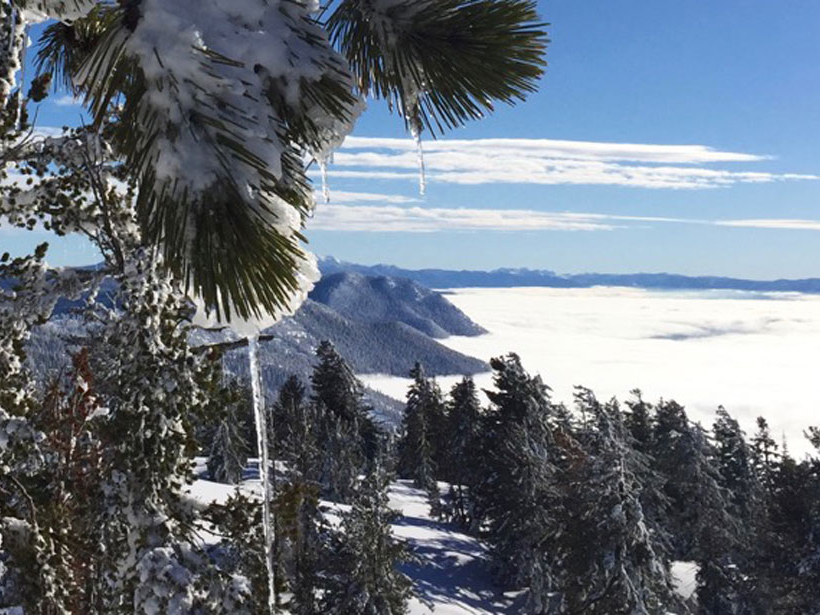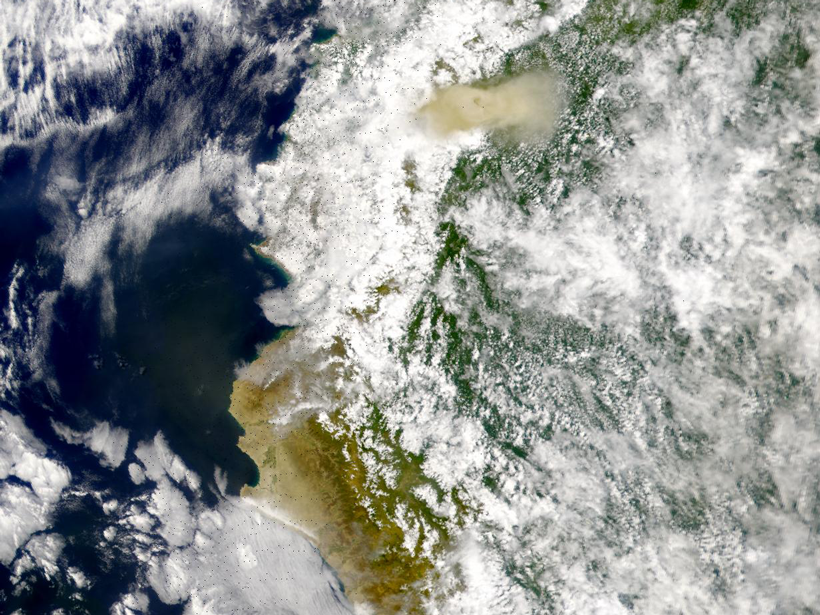The first field measurements of turbidity currents flowing around submarine channel bends indicate spiral flow plays a key role in keeping sediment suspended for hundreds of kilometers.
Terri Cook
Terri Cook is an award-winning freelance writer whose career has focused on exploring and explaining the 4.5-billion-year-history of the remarkable planet we live on. Cook, who has an M.S. degree in Earth science from the University of California, Santa Cruz, writes about geology, ecology, and the environment—as well as wine, tea, hiking, and biking—for a diverse group of publications, including Eos, Scientific American, NOVA Next, Science News, and EARTH magazine, as well as Avalon Travel and numerous other travel-related publications. Her reporting has taken her to 25 states and 20 countries scattered across 5 continents, from the depths of the Grand Canyon to the sandy Australian Outback to the mist-shrouded summit of Bali’s Mount Batur. As the coauthor of three popular guidebooks, including Hiking the Grand Canyon’s Geology and Geology Underfoot Along Colorado’s Front Range, Cook gives frequent presentations about geology and science communication. She is the recipient of a 2016 European Geosciences Union Science Journalism Fellowship and is based in beautiful Boulder, Colo.
Medieval Temperature Trends in Africa and Arabia
A synthesis of paleotemperature reconstructions from published case studies suggests warm onshore temperatures persisted across most of Afro-Arabia between 1000 and 1200 CE.
A New Model of Drumlin Formation
Observations from the surge-type glacier Múlajökull in Iceland underpin new modeling results that suggest the glacier’s drumlins grow during quiet intervals of normal flow between glacial surges.
Incorporating Physical Processes into Sea Level Projections
Including the effects of physical mechanisms that can quickly increase ice sheet discharge significantly raises sea level rise projections under high-emission scenarios.
History of Water on Mars’s Surface Is Longer Than We Thought
Curiosity’s two-step heating experiment of mudstone at Gale crater reveals minerals that formed in the presence of water less than 3 billion years ago.
First Near-Global Measurements of Isotopic Nitrous Oxide
By harnessing satellite data collected from low-Earth orbit, scientists can now track the distribution of atmospheric nitrous oxide and its isotopes.
How Does Snow Affect the Intensity of Mountain Precipitation?
A new investigation into the sensitivity of extreme precipitation in a changing climate indicates that more winter rainfall and protracted snowmelt may require local adaptations to winter flooding impacts.
Accounting for the Missing Silica in the Marine Sediment Cycle
Cosmogenic silicon-based estimates of the amount of biogenic silica stored in clays along continental margins could explain the large discrepancy in the nutrient’s global marine budget.
Rethinking How Water Circulates Between the Oceans and Land
A reexamination of the global water cycle shows that tropical coastlines exert a profound influence on atmospheric water circulation by wringing water vapor from the atmosphere.
Using Radar to Understand How Volcanic Eruptions Evolve
Radar satellite imagery can be used to measure constructional changes in the topography of long-lived volcanoes, according to a new study of Ecuador’s El Reventador volcano.

